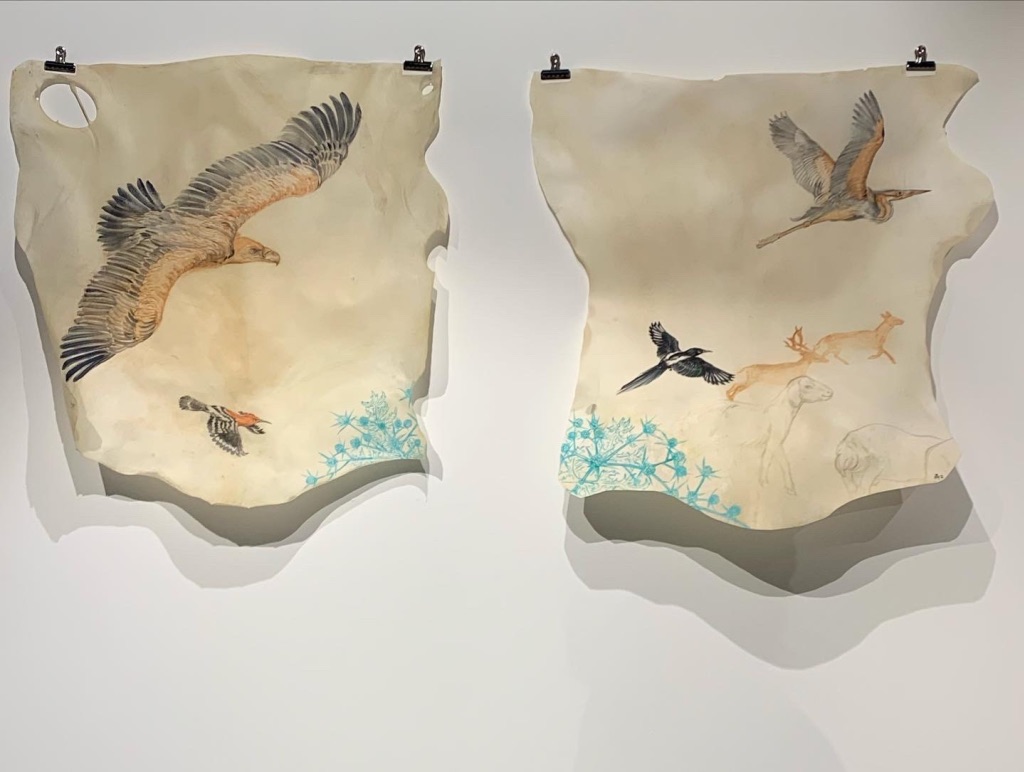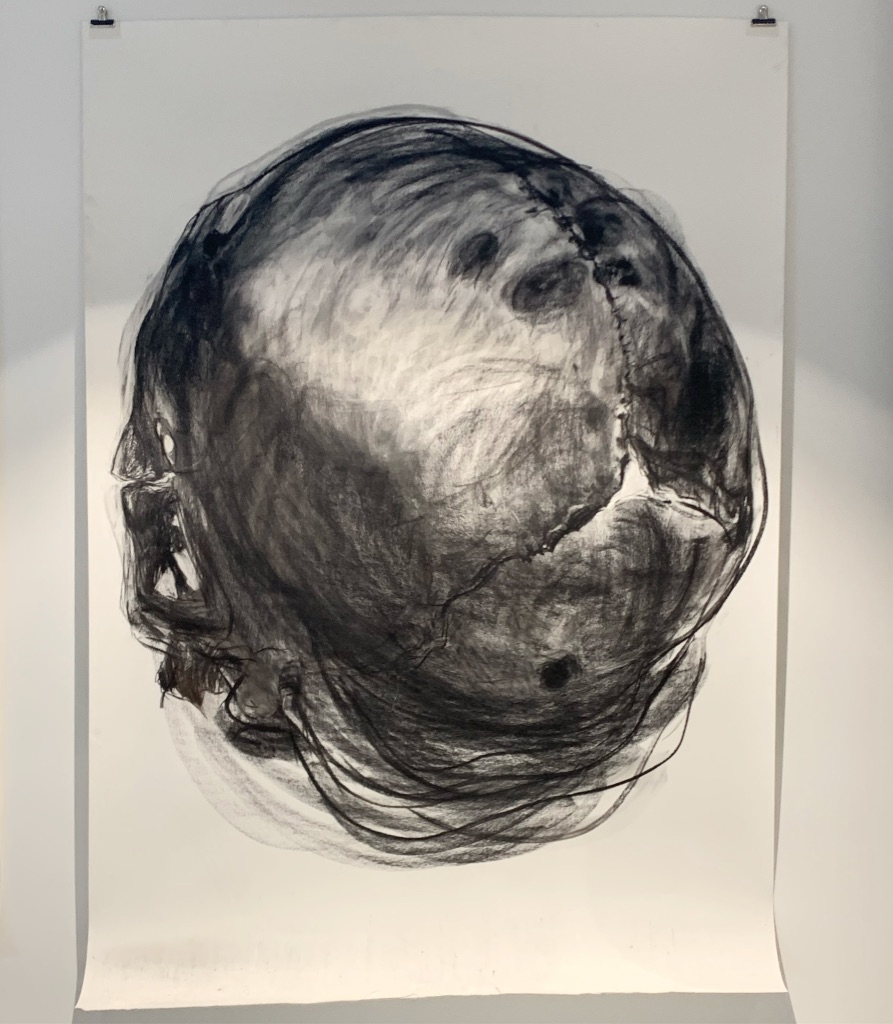A NEW exhibition at The University of Dundee helps bring to life a neolithic village.
Asikli Höyük in central Antolia, a peninsula that today constitutes the Asian portion of Turkey, is the oldest known village in the region dating back 10,500 years.
Asikli Höyük’s excavation sites reveal almost every stage of the transition from the hunter gatherer period to sedentary agricultural life.
Inspired by excavation findings and the history of the region, 13 artists conveyed their responses to Asikli Höyük and the important developments in human history through art.

Work from the Dean of the university’s Duncan of Jordanstone College of Art and Design, professor Anita Taylor is on display.
Their work includes drawing, painting, video sculpture, photography, installation and other art forms.
The exhibition ‘lines of site’ opens to the public on March 23 in The University of Dundee’s Matthew building.
Excavations have been taking place in Asikli Höyük for the past 32 years, with new artefacts that expand our understanding of history continuing to be uncovered.
The exhibition includes works by artists from Turkey, Spain, Colombia, the United States and the UK, as well as documentary material and videos about the site.
The project was led by the Friends of Asikli Society, who aim to support the excavations and to ensure that the cultural heritage is embraced and protected by the local people.
The Dundee event follows the first ‘lines of site’ exhibition presented in Istanbul in February 2022.
“Asikli Höyük is a significant archaeological settlement where many firsts, such as the first brain surgery and the domestication of sheep and goats, took place,” said Professor Taylor.
“The presentation of the exhibition in Istanbul was met with great acclaim and covered by numerous national media networks and press.
“Along with the Friends of Asikli society we present a programme of lectures and discussions that bring international experts to Dundee for the first time to speak directly to staff, students and public about the important research developed in the oldest known village in Central Anatolia.”

The Friends of Asikli Society were awarded funding under the Grant Scheme for Common Cultural Heritage: Preservation and Dialogue between Türkiye and the EU–II (CCH-II) for the Project.
Known as ‘An Intercultural Dialogue Through Art and Archaeology’, it is implemented by the Turkish Ministry of Culture and Tourism with the financial support of the European Union.
The interdisciplinary Project has been planned and implemented together with the University of Dundee and Universitat Autonama de Barcelona and aims to promote Asikli Höyük by bringing together art, history, archaeology and anthropology.
